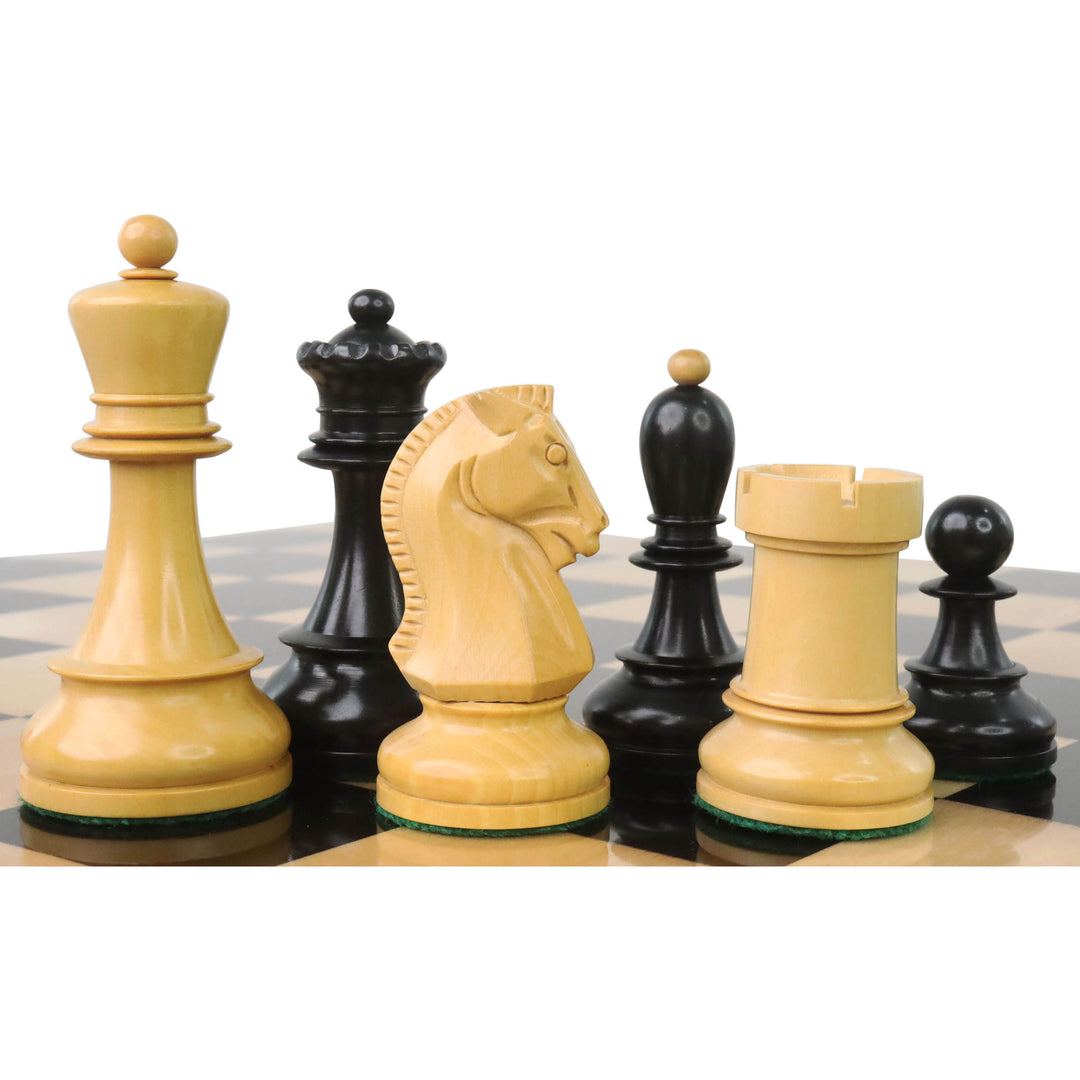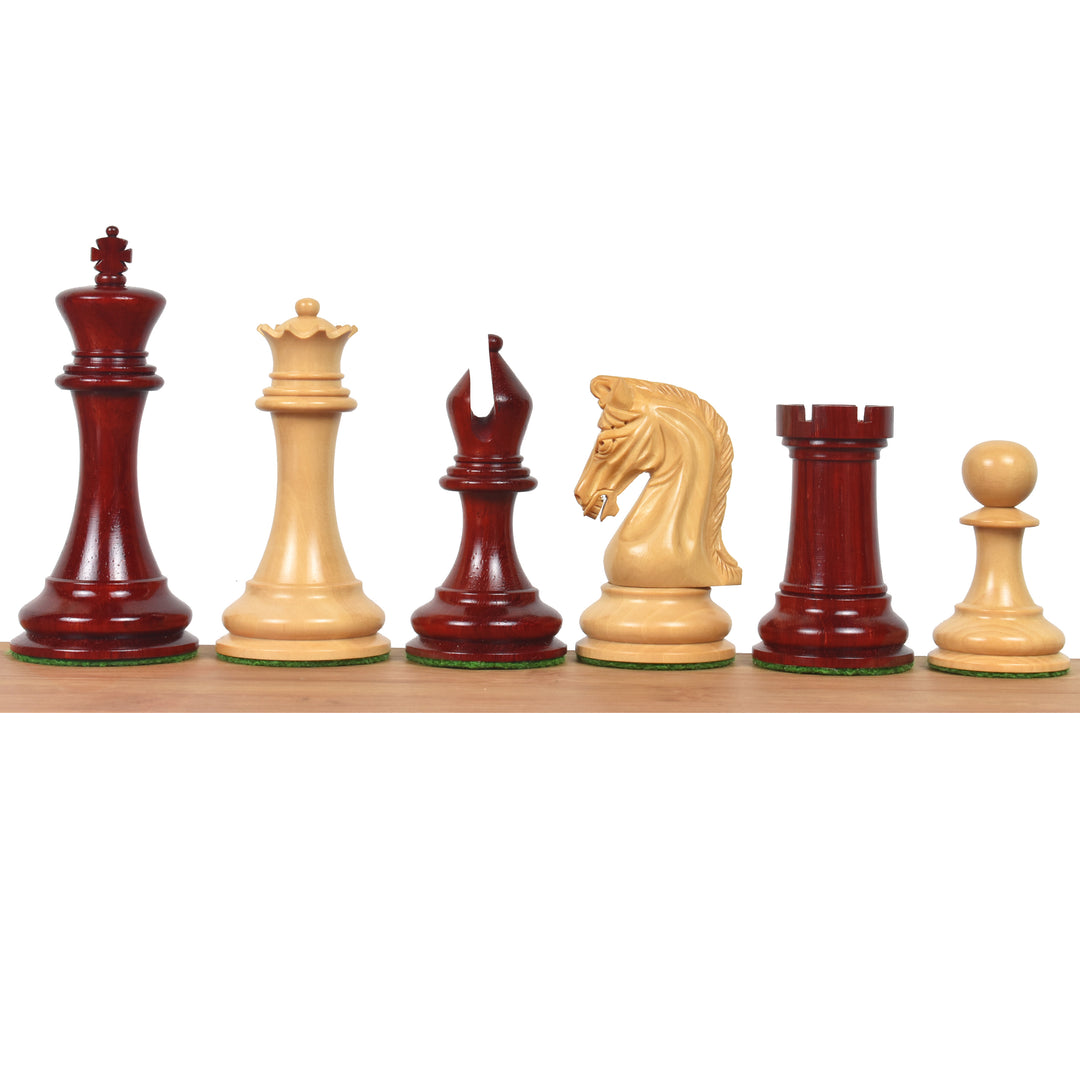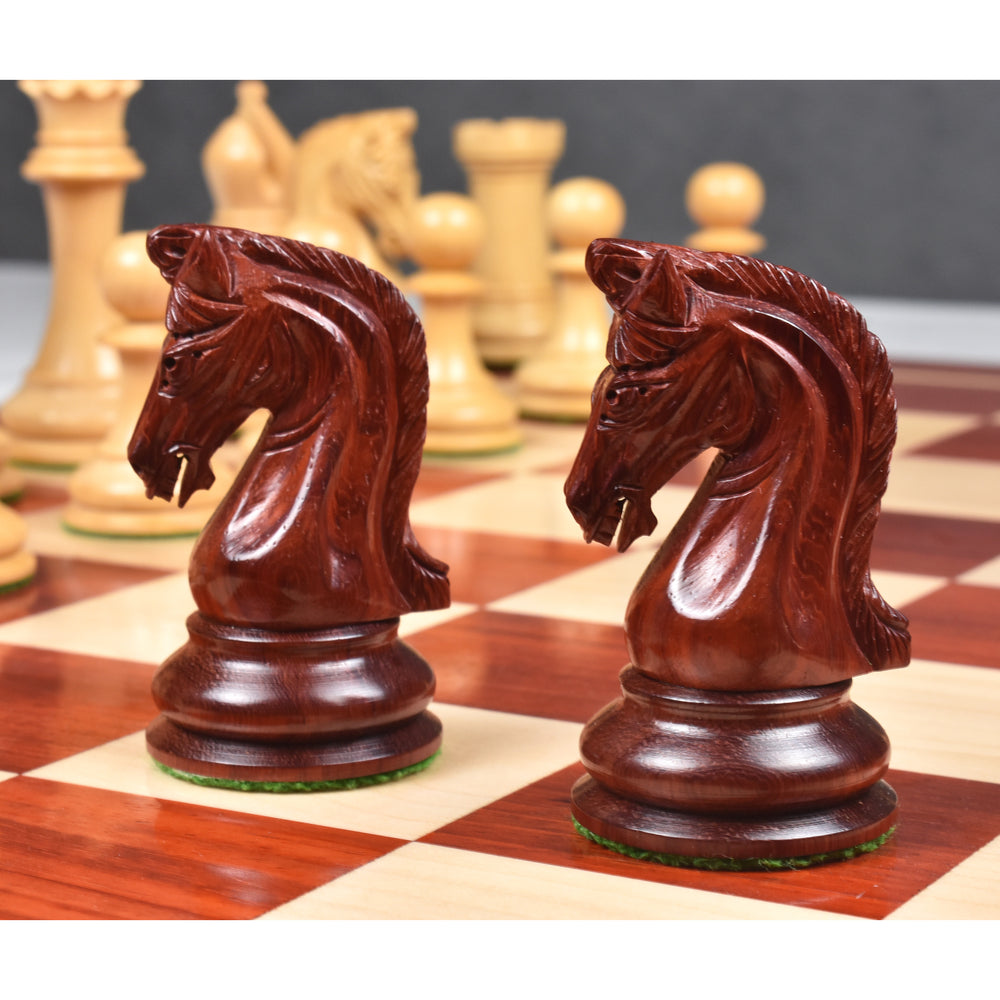Stalemate is often a misunderstood concept that occurs when a player, despite having legal moves available, cannot make any legal move without putting their own king in check. This peculiar outcome results in a draw where neither player emerges victorious. Understanding the rules of stalemate is crucial for chess players to avoid such an outcome and enhance their overall gameplay. This blog will explore the rules for stalemate, the difference between stalemate and checkmate, valuable tips to prevent stalemates, and examine some compelling stalemate examples.
What Is Stalemate in Chess?
Stalemate in chess refers to a situation in which the player has no legal moves available even when their king is not in check. So, the game reaches a standstill. Moreover, the players can make no further moves. No one wins the game because it results in a draw after such a situation. That is why chess players must understand the stalemate efficiently. It will help them avoid falling into such a position. The process will also help them utilize it as a tactical tool when necessary. It's important to know how to use it in favor of themselves in different situations.
Check Now: Unveiling the 10 Fastest Checkmate Strategies Ever!
Rules For Stalemate
- The King Has No Legal Moves: The key rule for a stalemate is that the player's king must have no legal moves to make, meaning there are no squares the king can move to without getting into check.
- No Other Legal Moves: Stalemate can also occur when the player has other pieces on the board, but none of them have any legal moves to make. All pieces are either blocked or under attack and cannot move without putting the king in check.
Stalemate Vs. Checkmate: Know The Difference
Stalemate and checkmate are both game-ending scenarios in chess. Yet, they have distinct differences, as mentioned below:
- Stalemate: Stalemate results in a draw. It happens when a player's king has no legal moves, but it is not in check. Neither player wins in this ‘tie’ game.
- Checkmate: It happens to be a winning position for one player. It occurs when the player's king is in check and has no legal moves to escape. Moreover, the king also cannot be protected by any other pieces. The game ends, and the player in checkmate loses.
Check Now: Chess Tactics for Beginners - Essential Strategies Unveiled
Tips To Prevent Stalemate In Chess
Here is a breakdown of tips to follow for preventing a stalemate in chess:
- Learn How to Checkmate: The best way to avoid stalemate is to improve your checkmating skills. By mastering different checkmating techniques, you increase the likelihood of delivering a decisive victory.
- Do Not Capture Every Chess Piece: Avoid capturing every piece you can. Sometimes, sacrificing a piece strategically can lead to a better position and prevent stalemate scenarios.
- Simplify When You Are Up in Material: If you have a significant material advantage (more pieces), consider simplifying the position by exchanging pieces. This reduces the chances of getting into a stalemate situation.
- Always Check Your Opponent: Be vigilant and continually assess your opponent's moves. Ensure you don't miss opportunities to check their king, as this can lead to checkmate instead of a stalemate.
- Stay Calm When You Have a Winning Position: In a winning position, take your time and avoid hasty moves that may inadvertently lead to a stalemate. Patience and careful planning are crucial.
- Solve Stalemate Puzzles: Regularly practice solving stalemate puzzles. This enhances your pattern recognition and helps you identify potential stalemate positions in your games.
- Get Familiar with Stalemate Patterns: By studying common stalemate patterns, you can recognize them in your games and avoid falling into those traps.
Stalemate Examples
Let us explore some intriguing examples of stalemates. These examples illustrate the diversity of stalemate positions that can occur during a chess game. Stalemates can arise from intricate pawn structures, trapped kings, limited board space, or clever positioning of pieces. Understanding these patterns and concepts will help players avoid falling into stalemate traps and improve their overall strategic play.
- Example 1
[FEN "8/8/8/8/8/8/8/k1K5 w - - 0 1"]
Kc2 Ka1
Kc1 (Stalemate)
In this example, the Black king is trapped in the corner with no legal moves. However, it is not in check, leading to a stalemate.
- Example 2
[FEN "8/5k2/8/3K4/8/8/8/8 w - - 0 1"]
Kd4 Ke6
Ke4 (Stalemate)
In this scenario, the White's king is unable to move without being in check, and the Black king cannot advance either, resulting in a stalemate.
- Example 3
[FEN "7k/8/7K/8/8/8/8/8 b - - 0 1"]
Kg8 Kh8
Kh7 (Stalemate)
In this example, Black's king has no legal moves as it is confined to the corner, but it is not in check, leading to a stalemate.
- Example 4
[FEN "8/8/8/8/8/1k6/2P5/K7 w - - 0 1"]
Kb2 Kb4
c3+ (Stalemate)
In this scenario, the White's king cannot move without being in check from the Black's king, and the black pawn on c3 blocks the white king's escape, resulting in a stalemate.
- Example 5
[FEN "8/5k2/4p3/8/8/8/8/K7 b - - 0 1"]
Ke6 e3
Kd5 e2
Ke4 e1=Q+ (Stalemate)
In this complex example, Black promotes its pawn to a queen, putting White's king in check. However, after the king moves to d5, Black delivers a series of checks, eventually promoting another pawn to a queen, leading to a stalemate.
Check Now: Mastering the Chess Middle Game Strategies for Victory
Summing Up
Chess notation is one of the most essential aspects of the game. It allows players to record their moves and analyze games later. The game’s strategic and dynamic nature has changed, which means it has evolved over time. India is the place where chess is known to have originated. It was earlier known as "chaturanga" in the country. The rules of chess have also changed and evolved over centuries.
Stalemate in chess is an intriguing outcome in the history of chess that occurs when a player has no legal moves for their king, leading to a draw. Avoiding stalemate is vital for aspiring chess players, and mastering checkmating techniques, strategic piece exchanges, and pattern recognition can significantly reduce the chances of encountering a stalemate situation. By understanding the rules and applying the tips mentioned in this blog, players can enhance their gameplay and strive for decisive victories in their chess matches.
Checkmate your shopping list at Royal Chess Mall today! Royal Chess Mall offers a premium selection of Chess pieces and Chess sets, including Staunton chess set and Staunton chess pieces, enhancing the chess-playing experience with high-quality, elegant options.
Also, for enthusiasts seeking aesthetic and functional enhancements to their chess experience, options abound. The minimalist chess set boasts sleek simplicity, while a storage box for chess pieces ensures pieces are securely stowed. Tournament chess set meet rigorous standards, and marble chess set bring a touch of luxury to strategic battles.



















